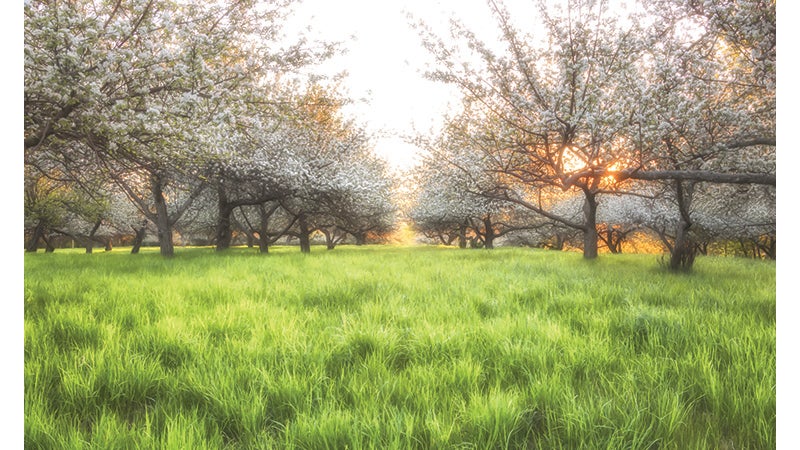Rushing: To Mow what grows or not
Published 11:30 am Sunday, March 28, 2021
|
Getting your Trinity Audio player ready...
|
My first strong memory of our childhood lawn was vowing to “not have any grass to mow when I grow up.” And I don’t.
Even though I studied turf management at MSU and have had a career of lawn and golf course consulting, I don’t have a personal lawn. My garden is small, plus I’m gone most of every summer, so I choose to not fuss with one at all.
Don’t get me wrong, I love nice lawns. But in my lifetime I’ve participated in a couple of lawn revolutions, with the current one slowly getting us back to what’s sensible and sustainable.
More gardeners are embracing the “meadow lawn” approach, a deliberate “mow what grows” lawn that is cut higher or less often than the manicured horticultural effort it takes for a perfect lawn. It usually includes low-growing wildflowers and the butterflies, bees, and other wildlife that depend on flowers to forage. This is how it’s done in places where keeping big lawns looking perfect is impractical.
One way to pull it off is to have, closer to the house, a smaller, well-tended “throw rug” of a lawn, like a putting green on a golf fairway.
The smaller area can be mowed more often, and fertilized, watered and kept weed-free much more easily. It would be both easier to tend and stand out like a jewel, a testament to your skills and pride in a job well done.
Just mow the larger area higher or less often, and allow the winter and spring wildflowers do their things before being mowed a bit later and be gone for the rest of the year.
This approach is being promoted in botanic gardens, and is now being studied by lawn, weed, and even pollinator researchers at MSU (more on this later), as a way to conserve resources and protect the environment yet still leave room for the hard-working lawn care industry to work its horticultural magic.
True, a simple “mow what grows” lawn may not look perfect, but we did it ever since the first mechanical mower was patented less than two centuries ago. And truthfully, most folks would just as soon get back to it without being shamed by neatnik neighbors.
By the way, I’ve compiled a list of socially-acceptable small or low-growing winter and spring bulbs that can be added to make it all look more gardenesque, including Tete a Tete daffodils, grape hyacinth, and the sweet blue starflower (Ipheion) that I got from my grandmother’s lawn.
I’ve been advocating this for decades. Now, to get going in earnest, I’m almost done with a placard, a virtue signal of sorts along the Yard of the Month lines: a pretty Meadow Lawn sign given to folks who do this well.
Meanwhile, if nothing else, deliberately mow around a few patches of clover, oxalis, or dandelions so the Easter bunny can find a place to hide eggs next spring. Just like we all did as kids
‘Nuff of this rant. I’m not trying to change any minds, just giving a heads-up that there’s a middle road between doing nothing and doing everything is here. Look around, there are spring meadow lawns everywhere, which when mowed will look just like regular lawns.
And take hope. This new gathering of MSU researchers taking up the mantle is looking for ways to give the meadow lawn more scientific credence. Those already on board are paving the way for neighbors – maybe even you – to feel more relaxed as well, at least in part of your yard.
Up to you to make it look good.
Felder Rushing is a Mississippi author, columnist, and host of the “Gestalt Gardener” on MPB Think Radio. Email gardening questions to rushingfelder@yahoo.com.






